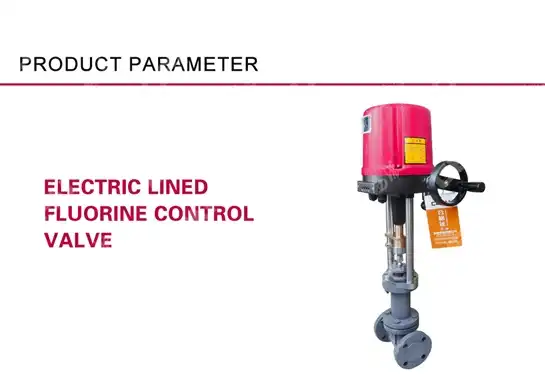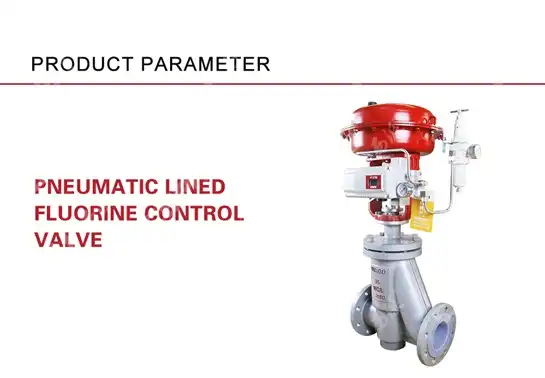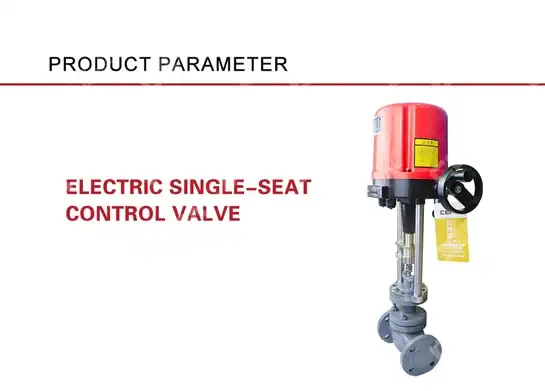How to Specify a High-Temperature Control Valve for Corrosive Media?
Industrial facilities operating with extreme temperatures and aggressive chemicals face a critical challenge that can make or break their entire operation. When your process demands precise flow control at temperatures exceeding 800°F while handling corrosive media that can destroy standard equipment within months, selecting the wrong High-Temperature Control Valve becomes a costly disaster waiting to happen. The intersection of thermal stress and chemical attack creates unique engineering challenges that require specialized knowledge, advanced materials, and proven design principles to ensure reliable performance and operational safety.
Understanding High-Temperature Control Valve Applications in Corrosive Environments
-
Critical Operating Parameters for Extreme Conditions
When specifying a High-Temperature Control Valve for corrosive media applications, engineers must navigate complex interactions between thermal expansion, chemical compatibility, and mechanical stress. Industrial processes in petrochemical, power generation, and chemical manufacturing facilities regularly encounter operating temperatures ranging from 800°F to 1500°F, combined with aggressive chemicals that can rapidly degrade standard valve materials. These extreme conditions demand comprehensive understanding of metallurgical properties, thermal dynamics, and chemical resistance characteristics to ensure proper valve selection and long-term reliability. The selection process begins with thorough analysis of process parameters, including maximum and minimum operating temperatures, pressure ratings, flow characteristics, and detailed chemical composition of the process media. Temperature fluctuations create significant thermal stress on valve components, while corrosive media simultaneously attack material surfaces through oxidation, sulfidation, or other chemical mechanisms. Understanding these combined effects is essential for proper High-Temperature Control Valve specification, as failure to account for either factor can result in premature valve failure, process shutdowns, and safety hazards.
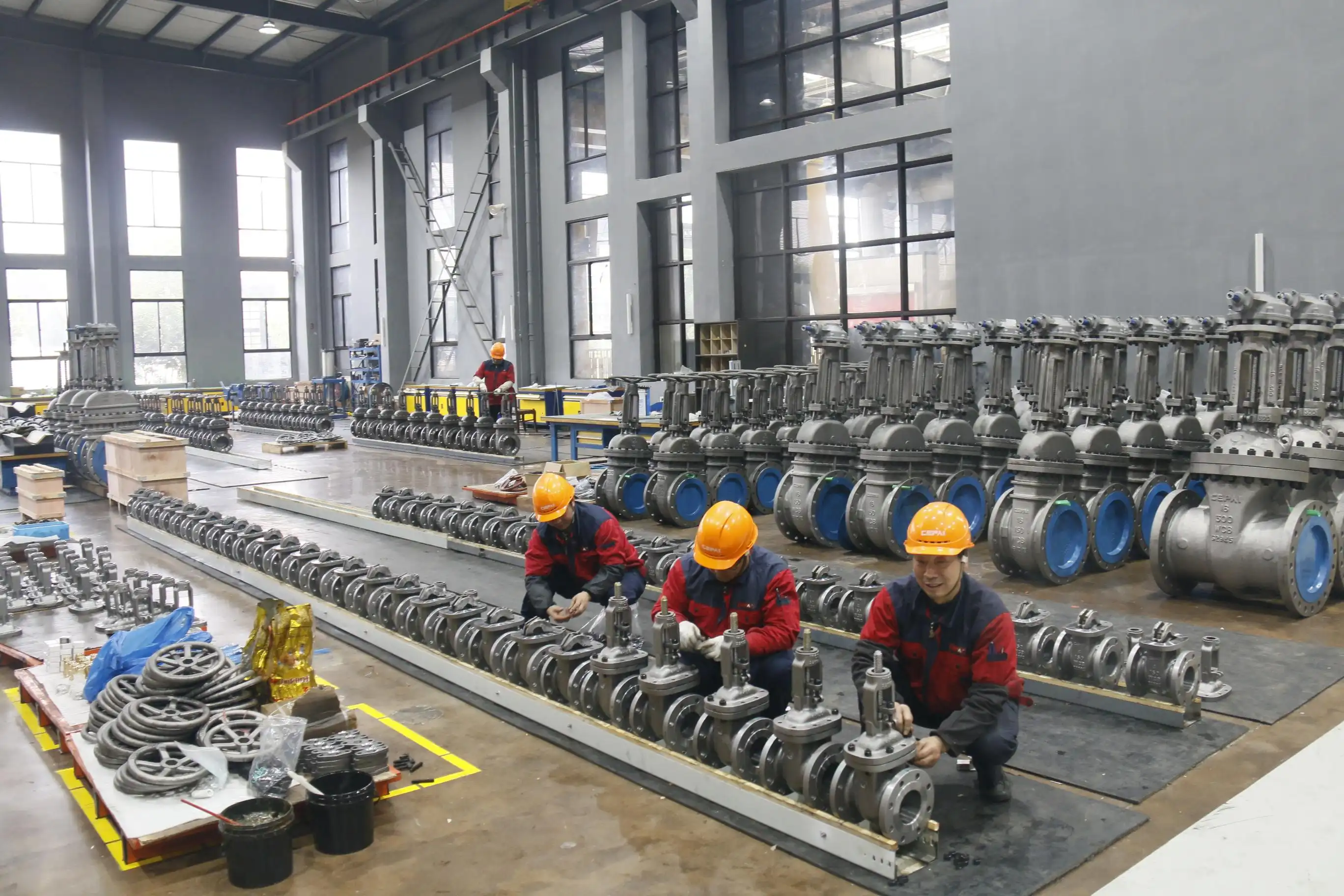
-
Material Selection Strategies for Dual Challenges
Advanced metallurgy plays a crucial role in High-Temperature Control Valve performance when dealing with corrosive environments. Standard carbon steel materials quickly fail under these conditions, requiring specialized alloys such as Inconel, Hastelloy, or duplex stainless steels. These materials offer superior resistance to both thermal stress and chemical attack, but each alloy presents unique advantages and limitations that must be carefully evaluated against specific application requirements. Inconel alloys, particularly Inconel 625 and Inconel 718, provide excellent high-temperature strength retention and resistance to oxidizing environments, making them ideal for applications involving sulfur compounds or high-temperature oxidation. However, their performance in chloride-containing environments requires careful consideration, as stress corrosion cracking can occur under specific conditions. Hastelloy C-276 and similar nickel-based alloys offer superior resistance to a broader range of corrosive media, including reducing acids and mixed oxidizing-reducing environments, but at higher material costs that must be justified through lifecycle analysis.
Engineering Considerations for High-Temperature Control Valve Selection
-
Thermal Management and Expansion Compensation
Thermal expansion represents one of the most critical design challenges in High-Temperature Control Valve applications. As valve components heat up, differential expansion between dissimilar materials can create binding, seal failure, or complete valve malfunction. Proper design must account for expansion coefficients of all materials used in valve construction, including body materials, trim components, seating surfaces, and packing systems. Advanced valve designs incorporate thermal expansion compensation mechanisms, such as spring-loaded seats or flexible coupling arrangements, to maintain proper sealing and operation throughout temperature cycles. The valve body design must also consider heat transfer characteristics and potential for thermal shock during startup or emergency shutdown conditions. Thick-walled valve bodies provide thermal mass that helps moderate temperature changes, but may require extended warm-up periods to prevent thermal stress cracking. Conversely, thin-walled designs respond more quickly to temperature changes but may experience higher thermal stress levels. Optimal High-Temperature Control Valve design balances these competing requirements through careful engineering analysis and, where necessary, external heating or cooling systems to manage thermal gradients.
-
Sealing Technology for Extreme Service
Traditional elastomeric seals fail rapidly under high-temperature, corrosive conditions, requiring specialized sealing technologies for reliable High-Temperature Control Valve performance. Metal-to-metal sealing systems using hardened stellite or tungsten carbide surfaces provide excellent high-temperature performance but require precise manufacturing tolerances and careful installation procedures. These hard-facing materials resist both thermal degradation and chemical attack, ensuring long-term sealing performance in extreme environments. Advanced sealing designs may incorporate flexible metallic seals, such as spring-loaded metal seats or deformable metal gaskets, that maintain sealing force despite thermal expansion and minor surface irregularities. Some applications require live-loaded packing systems using specialized materials like flexible graphite or PTFE compounds reinforced with metallic fillers. These packing systems must resist chemical attack while maintaining sealing effectiveness across the full temperature range, requiring careful selection based on specific process chemistry and operating conditions.
Design Features and Performance Optimization
-
Flow Characteristics and Cavitation Prevention
High-temperature applications often involve significant pressure drops across control valves, creating potential for cavitation, flashing, or choked flow conditions that can severely damage valve internals. The High-Temperature Control Valve design must incorporate flow conditioning features such as multi-stage pressure reduction, anti-cavitation trim designs, or specialized flow paths that minimize velocity-induced erosion and cavitation damage. These design features become even more critical when combined with corrosive media, as cavitation bubbles create localized high-energy zones that accelerate chemical attack on valve surfaces. Advanced trim designs utilize staged pressure reduction through multiple restriction points, allowing vapor bubbles to form and collapse in controlled regions away from critical sealing surfaces. Some designs incorporate hardened cage-style trim with tortuous flow paths that gradually reduce pressure while maintaining flow control accuracy. The selection of appropriate flow characteristics, whether linear, equal percentage, or modified designs, must consider both the process control requirements and the mechanical limitations imposed by high-temperature, corrosive service conditions.
-
Actuator Integration and Control Systems
High-temperature environments present unique challenges for actuator selection and integration with High-Temperature Control Valve systems. Pneumatic actuators may require heat shields or extended mounting arrangements to protect sensitive components from elevated temperatures. Electric actuators offer advantages in terms of precise positioning and reduced maintenance, but motor windings and electronic components may require special protection or cooling systems for reliable operation in high-temperature environments. The control system integration must account for potential thermal effects on position feedback systems, such as expansion of mechanical linkages or drift in electronic position sensors. Advanced control systems may incorporate temperature compensation algorithms or multiple feedback sensors to maintain accurate valve positioning despite thermal effects. Some applications require fail-safe operation with dedicated backup power systems or spring-return mechanisms that function reliably even after extended exposure to high-temperature, corrosive conditions.
Quality Assurance and Testing Protocols
-
Comprehensive Material Testing and Validation
Specifying a High-Temperature Control Valve for corrosive media requires rigorous material testing and validation protocols that go beyond standard industrial valve requirements. Accelerated corrosion testing in simulated process environments helps predict long-term material performance and identify potential failure modes before equipment installation. These tests typically involve exposing material samples to actual process chemistry at elevated temperatures for extended periods, allowing engineers to evaluate corrosion rates, mechanical property changes, and potential for stress corrosion cracking. Mechanical testing must evaluate material properties at operating temperature, as many alloys exhibit significant strength reduction or embrittlement at elevated temperatures. Creep testing determines long-term dimensional stability under sustained loading, while thermal cycling tests evaluate resistance to fatigue cracking from repeated heating and cooling cycles. The combination of mechanical and chemical testing provides comprehensive understanding of material suitability for specific High-Temperature Control Valve applications.
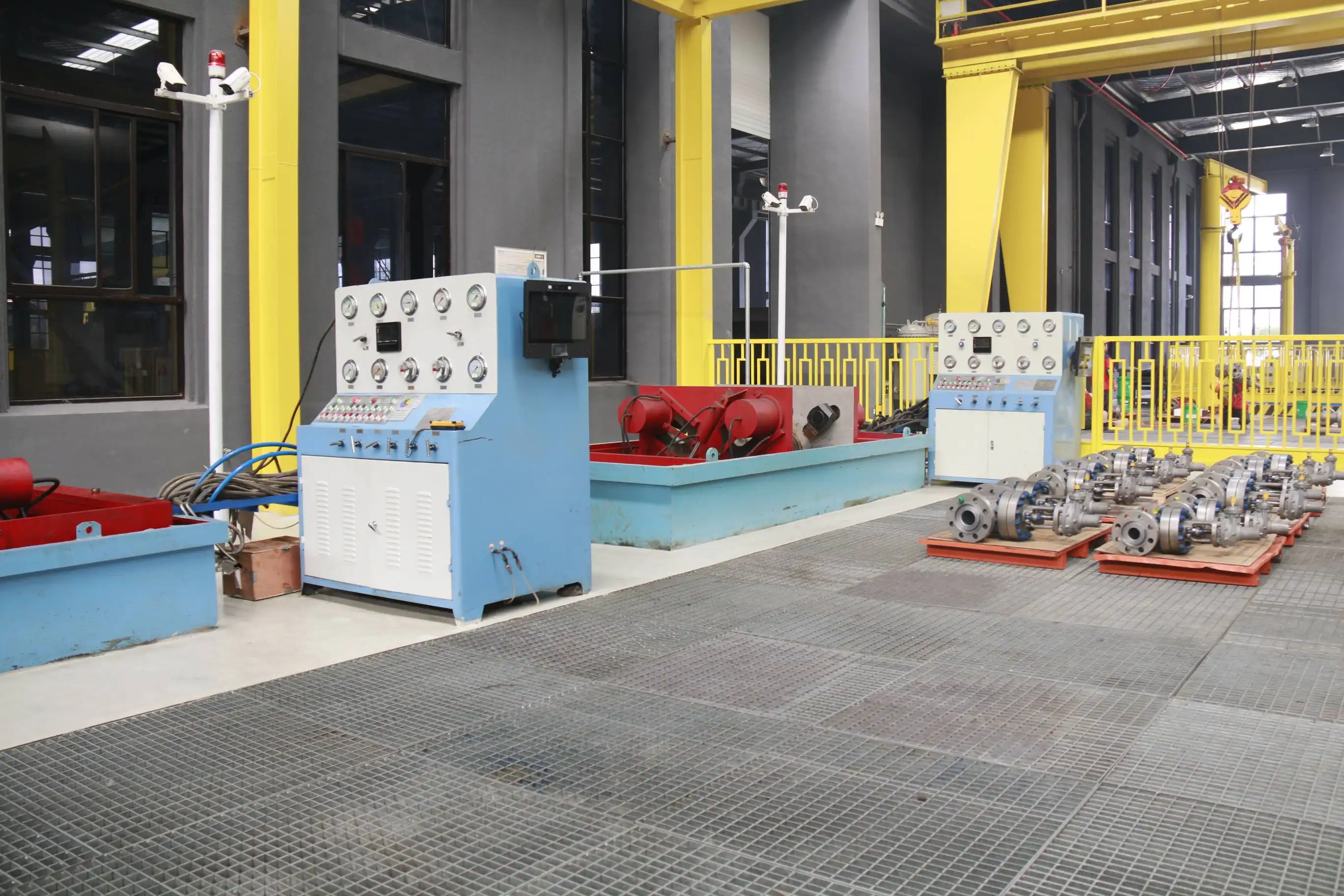
-
Factory Testing and Quality Control
Manufacturing quality control becomes increasingly critical for High-Temperature Control Valve applications due to the unforgiving nature of extreme service conditions. Factory testing protocols must verify pressure integrity, sealing performance, and flow characteristics under conditions that simulate actual operating environments. Hydrostatic testing at elevated temperatures confirms pressure containment capability, while specialized leak testing using helium or other tracer gases verifies sealing effectiveness under thermal stress conditions. Dimensional inspection using advanced metrology equipment ensures proper fit and function of precision-machined components that must maintain tight tolerances despite thermal expansion effects. Non-destructive testing methods, including radiographic, ultrasonic, and dye penetrant inspection, identify potential defects in materials or manufacturing that could lead to premature failure under extreme operating conditions. Documentation and traceability requirements ensure complete material certification and manufacturing records for critical High-Temperature Control Valve components.
Conclusion
Specifying a High-Temperature Control Valve for corrosive media demands expertise in materials science, thermal engineering, and chemical compatibility. Success requires careful analysis of operating conditions, selection of appropriate materials and designs, and rigorous testing protocols to ensure reliable performance in extreme environments.
Cooperate with CEPAI Group Co., LTD.
CEPAI Group Co., LTD. stands as your premier China High-Temperature Control Valve manufacturer, offering world-class solutions for extreme industrial applications. As a leading China High-Temperature Control Valve supplier with over 15 years of specialized experience, we provide comprehensive High-Temperature Control Valve for sale backed by advanced manufacturing capabilities and rigorous quality standards. Our China High-Temperature Control Valve factory features intelligent manufacturing systems and CNAS-certified testing facilities, ensuring every High Quality High-Temperature Control Valve meets international standards including API, ISO, and CE certifications.
Whether you need standard solutions or customized designs, our China High-Temperature Control Valve wholesale services deliver exceptional value through our integrated approach combining research, manufacturing, and technical support. Contact our engineering team at cepai@cepai.com for competitive High-Temperature Control Valve price quotations and discover why industry leaders choose CEPAI for their most demanding applications. Save this guide for future reference and reach out whenever you need expert assistance with high-temperature, corrosive media valve applications.
References
1. "Materials Selection for High-Temperature Valve Applications" - Thompson, R.K. - ASME Journal of Pressure Vessel Technology
2. "Corrosion Resistance of Superalloys in High-Temperature Chemical Processes" - Chen, L.M. - Materials and Corrosion Engineering Handbook
3. "Design Principles for Control Valves in Extreme Service Conditions" - Anderson, P.J. - Industrial Valve Technology and Applications
4. "Thermal Stress Analysis in High-Temperature Valve Components" - Martinez, C.A. - International Journal of Mechanical Engineering

Get professional pre-sales technical consultation and valve selection services, customized solution services.
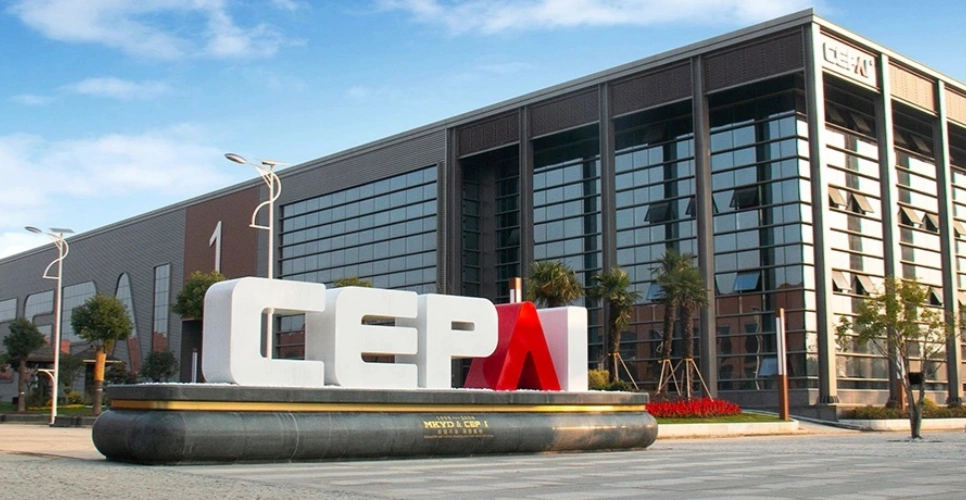
About CEPAI
